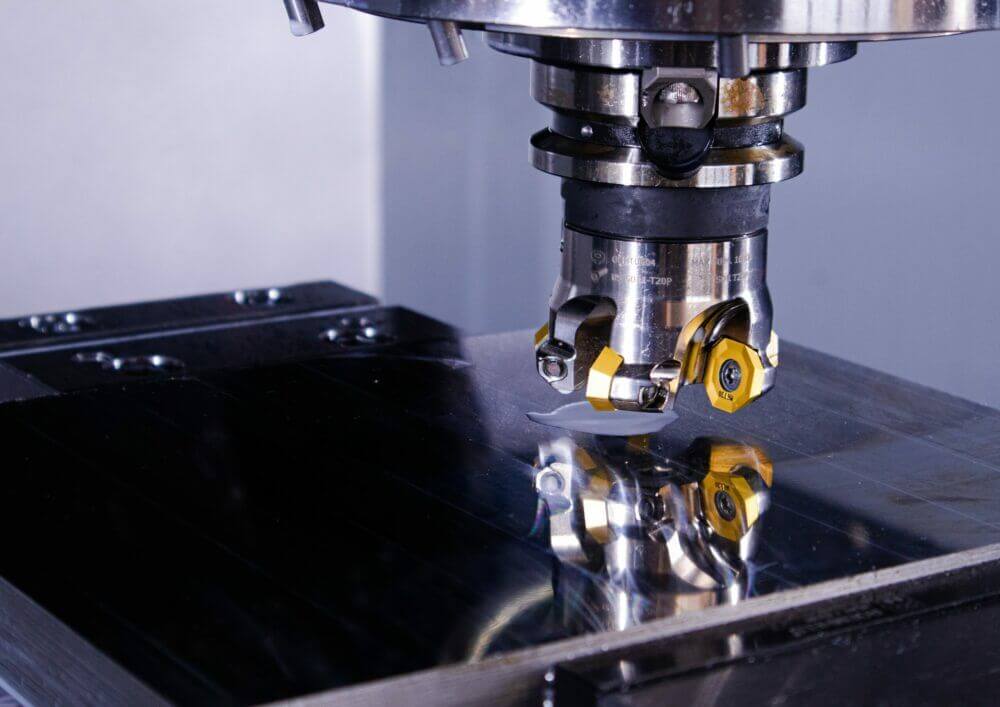The process of identifying and understanding the root causes of problems is crucial, especially within the field of electronics. Root cause analysis in electronics is a systematic approach that aims to solve a problem by addressing its origin, rather than merely treating its symptoms.
This technique is central to ensuring sustainable solutions and improving the reliability of electronic devices. Understanding and applying root cause analysis can significantly boost the efficiency and longevity of electronic products.

The Importance of Root Cause Analysis in Electronics
In the fast-paced world of electronics, failures can be costly and disruptive. Implementing a robust root cause analysis can help in identifying problems early on, minimizing downtime, and reducing repair costs. It’s not just about fixing what’s broken; it’s about improving overall system reliability.
For exporters and importers, understanding these processes is vital as it directly affects product quality and market competitiveness. An efficient root cause analysis can lead to enhanced customer satisfaction and stronger market presence.
Common Causes of Failures in Electronics
Identifying the common causes of failures is the first step in root cause analysis. Some typical causes include:
- Component failures due to wear and tear
- Design flaws in electronic circuits
- Environmental factors impacting electronic performance
Understanding the Process
The process of root cause analysis in electronics involves several steps:
1. Problem Identification: Clearly define the issue that needs resolving.
2. Data Collection: Gather information on the occurrence and behavior of the problem.
3. Causal Factor Identification: Identify factors that contribute to the problem.
4. Root Cause Identification: Determine the underlying cause.
5. Solution Implementation: Develop strategies to eliminate or mitigate the root cause.
Techniques for Conducting Root Cause Analysis
There are various techniques used to perform root cause analysis, including:
Fishbone Diagrams
Also known as Ishikawa diagrams, these help visualize potential causes of a problem, categorizing them into broad categories.
5 Whys Technique
This method involves asking ‘why’ iteratively to drill down to the core of a problem. Each ‘why’ leads you closer to understanding the underlying cause.
Failure Mode and Effects Analysis (FMEA)
FMEA is a proactive method for evaluating a system, process, or design to identify potential failure modes and their effects.
Challenges Faced During Root Cause Analysis
Conducting a thorough root cause analysis can be complex. Challenges often include:
- Incomplete data on failure events
- Complexity of electronic systems
- Lack of skilled personnel to conduct analysis effectively
Overcoming These Challenges
To overcome these obstacles, organizations can invest in training and development of skilled analysts. Utilizing advanced software tools can also aid in analyzing complex data effectively. Exploring Lean Principles can help in refining the process and reducing waste in analysis.
Applications in the Electronics Industry
Root cause analysis is crucial in diverse areas within the electronics industry, such as:
Manufacturing
In manufacturing, understanding root causes can enhance production efficiency by reducing defects and enhancing product quality.
Product Development
During the product development phase, applying root cause analysis ensures robust design and reliable electronics, leading to long-lasting products.
Real-World Examples
Companies that prioritize root cause analysis often see improved performance and customer satisfaction. One such company streamlined its design processes with significant quality improvements.
Successful Implementation
Organizations that successfully implement root cause analysis typically possess a strong foundation of data-driven strategies, which are essential in identifying and solving complex electronic issues.
Tools and Software for Root Cause Analysis
There are tools specifically designed to aid in conducting root cause analysis, offering features like data collation, visualization, and sophisticated analytical capabilities. An insightful resource for such tools and services can be explored here.
Integrating Technology for Better Analysis
Utilizing modern technology, such as AI and machine learning, can significantly enhance the accuracy and efficiency of root cause analysis processes.
Future Trends in Root Cause Analysis
As technology advances, the future of root cause analysis in the electronics industry holds exciting prospects. Enhanced analytical tools and methodologies will continue to evolve, offering even more precise and actionable insights.
Impact on Electronic Device Innovation
The ability to perform detailed root cause analysis will drive innovation, contributing to the development of more advanced and reliable electronic devices in the future.

FAQs
What is the importance of root cause analysis in electronics?
Root cause analysis helps identify and address the underlying causes of electronic failures, improving product reliability and efficiency.
How can companies enhance their root cause analysis process?
Companies can enhance their process by investing in advanced technology, training personnel, and continuously evaluating their analytical strategies.
What tools are commonly used in root cause analysis?
Some commonly used tools include Fishbone diagrams, the 5 Whys technique, and Failure Mode and Effects Analysis (FMEA).
For further reading, explore the comprehensive insights provided by Yale Institute’s Instrument Design and Electronics Prototyping page.


